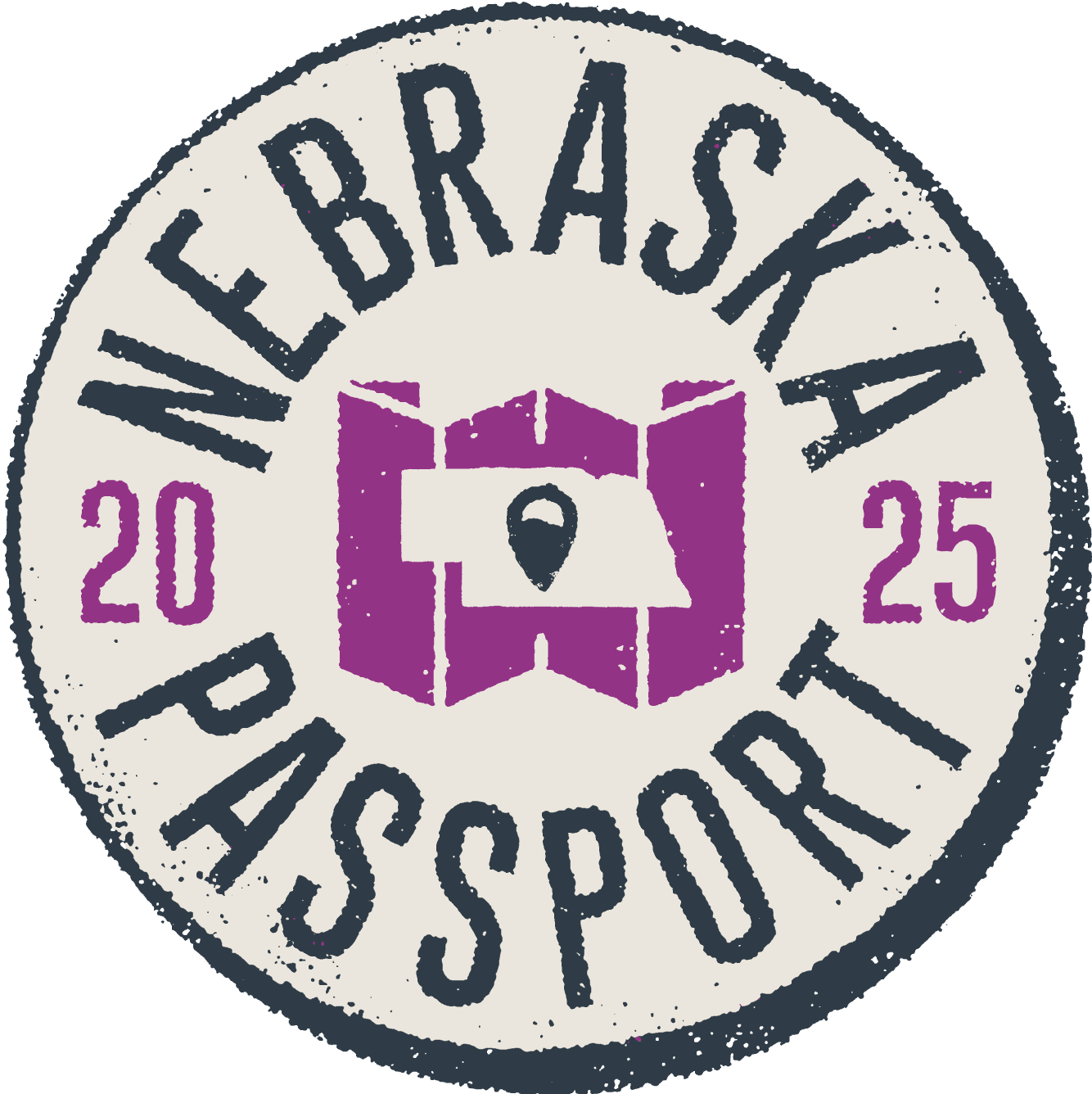
Explore 7 Authentic Ghost Towns in Nebraska
Nebraska is home to numerous ghost towns, each offering a unique glimpse into the state’s past. For history buffs and adventurers alike, here’s a look at some notable abandoned towns in Nebraska. Remember to avoid exploring private property without permission.
Amboy
Located east of Red Cloud along Highway 136, also known as the Heritage Highway, Amboy is largely abandoned but still has a few residents. The Amboy Mill, a key part of the town's economy, operated until the 1940s when the railroad was discontinued. Today, visitors can find remnants of Amboy’s history, including the old mill, schoolhouse and depot.
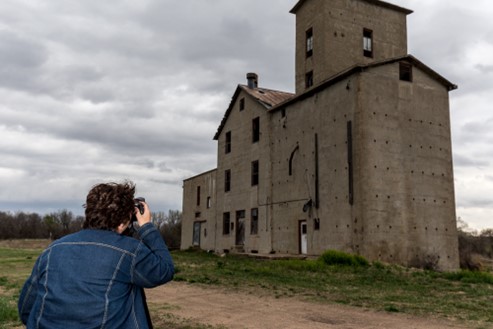
Antioch
Once a thriving community, Antioch is now known for the Potash Ruins, which provide insight into its industrious past. The crumbling walls of the former potash production plants and pumping stations serve as silent reminders of Antioch's status as a significant potash center. Located about 15 miles east of Alliance off Highway 2, the Sandhills Journey National Scenic Byway, these ruins include a historical marker detailing their history.
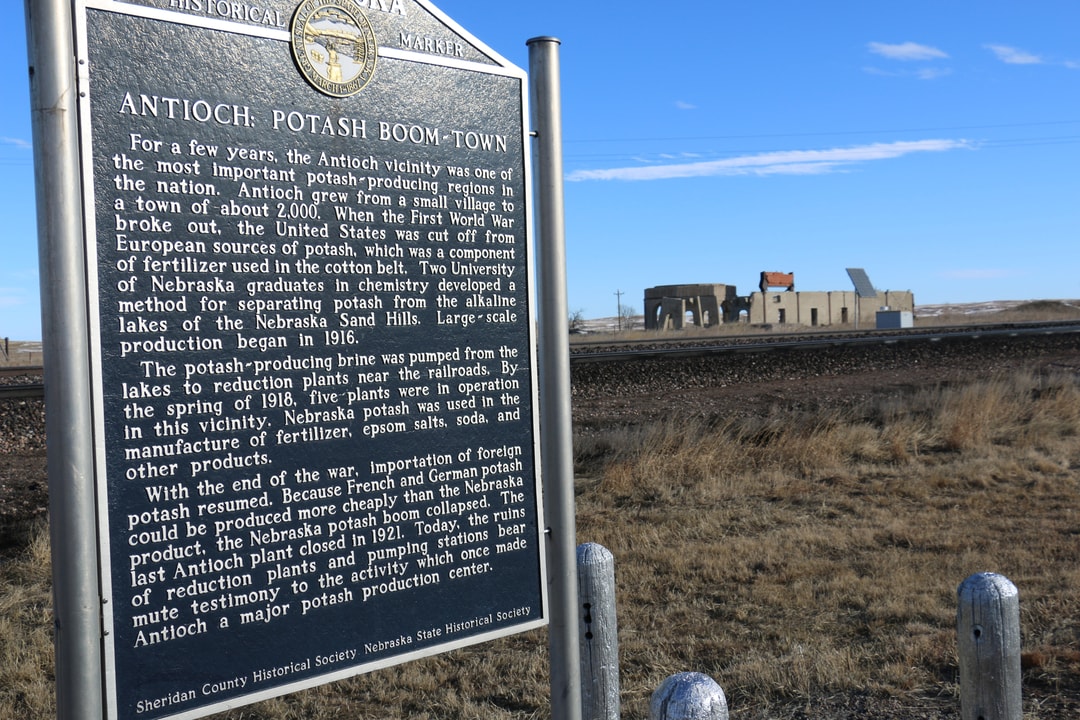
Brocksburg
Brocksburg is a genuine ghost town, nestled in the remote stretches of north-central Nebraska. Accessible only by rugged roads near Highway 137 and the Outlaw Trail Scenic Byway, it stands with no residents. Just under an hour away is Monowi, another intriguing spot boasting a current population of just one—sometimes referred to as a ghost town in its own right!
Crounse
The town of Crouse was submerged in the late 1960s to create Branched Oak Lake, a flood control measure for Lincoln. However, remnants can still be seen at Branched Oak State Recreation Area during low water levels, including foundation stones and building fragments. A historical marker west of Middle Oak Creek Campground marks the site of the old schoolhouse, blending history with nature.
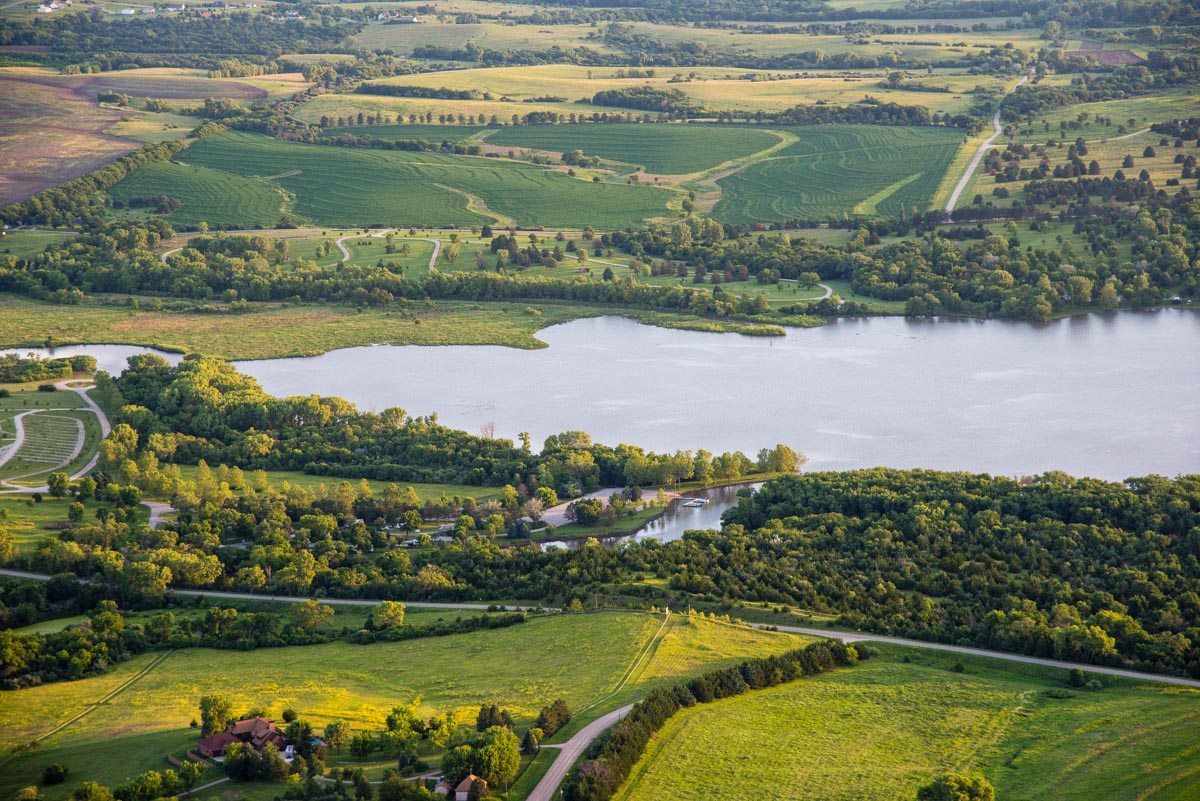
Photo Credit: Nebraska Game and Parks
Dobytown
Once a prominent settlement, Dobytown has now faded into a ghostly memory. The town primarily consisted of earth structures, which contributed to its decline following the U.S. Army's abandonment of nearby Fort Kearny in 1871. Today, Dobytown is nothing but an intriguing site for those interested in Nebraska's history. A historical marker along Highway 50A near Fort Kearny State Historical Park indicates its former location.
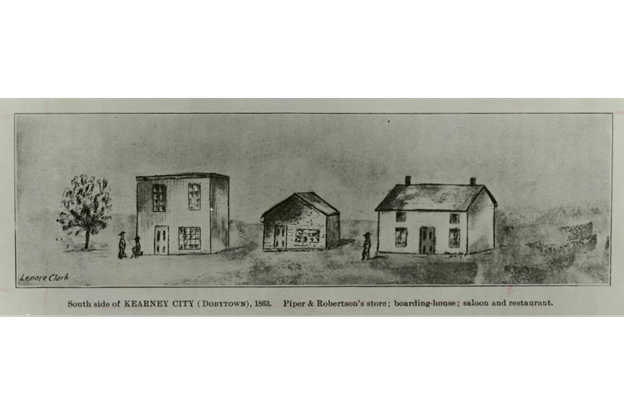
Minersville
South of Nebraska City, once bustling during the mining boom, Minersville has largely fallen silent as mining activities declined. Today, only a few structures remain, along with deteriorating coal shafts that hint at its past. The deserted residential areas are steeped in ghostly legends, adding an eerie allure. Nearby, Seven Sisters Road is rumored to echo with the screams of seven sisters, enhancing this Midwest town's mysterious reputation.
Spring Ranch
Spring Ranch, founded by James Bainter in 1863, was originally two miles south of the Little Blue River. After being destroyed in 1864, it was rebuilt and officially established in 1870, moving across the river in 1886. At its height, it had about 100 residents. Today, few remnants remain, but a historical marker and a reputedly haunted bridge can be found. Just two miles north, Spring Ranch Campground, near Fairfield offers a glamping experience, with owners eager to share local lore.
St. Deroin
Once a vibrant mid-19th century hub, St. Deroin has mostly faded from memory. Overgrown foundations and crumbling structures offer a poignant glimpse into its past. Now part of Indian Cave State Park in Shubert, visitors can explore remnants like the school and cemetery. The park also hosts living history activities that celebrate the legacy of this once-thriving river town.

